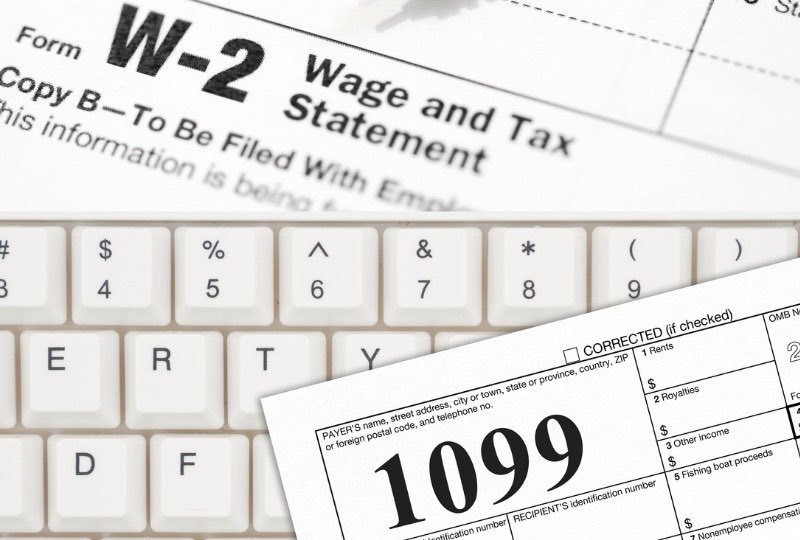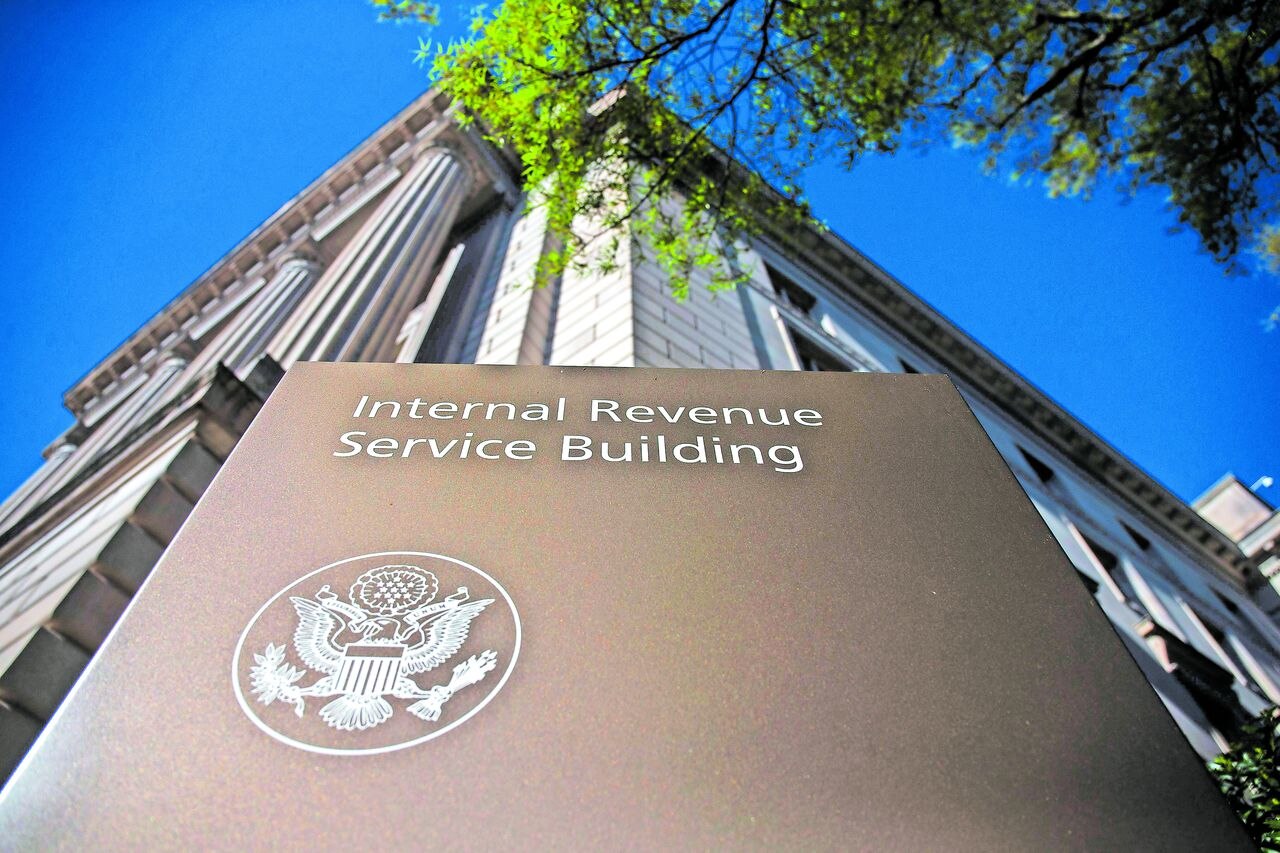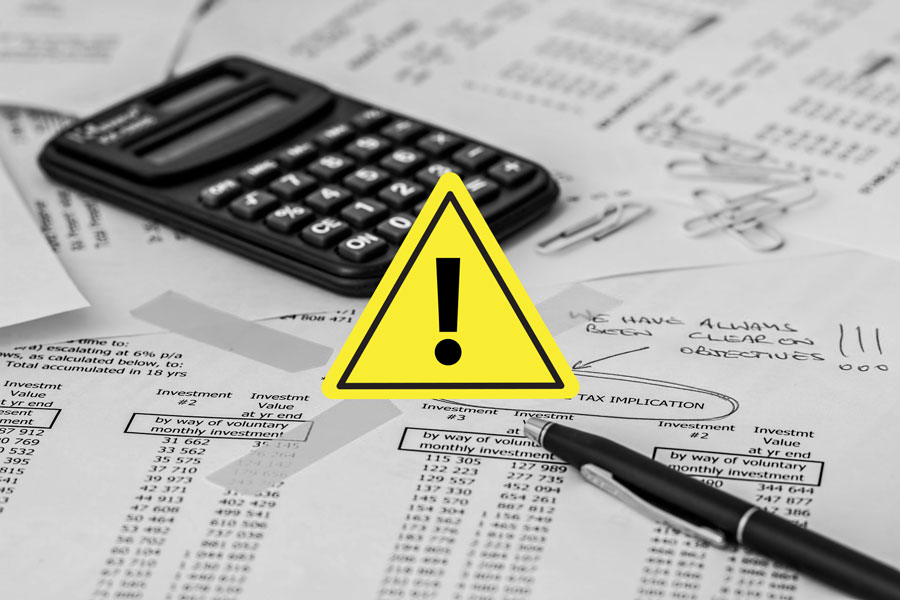IR-2021-33, February 9, 2021
WASHINGTON — With some areas seeing mail delays, the Internal Revenue Service reminds taxpayers to double-check to make sure they have all of their tax documents, including Forms W-2 and 1099, before filing a tax return.
The IRS reminds taxpayers that many of these forms may be available online. When other options aren’t available, taxpayers who haven’t received a W-2 or Form 1099 should contact the employer, payer or issuing agency directly to request the missing documents before filing their 2020 federal tax return. This also applies for those who received an incorrect W-2 or Form 1099.
Those who don’t get a response, are unable to reach the employer/payer/issuing agency or cannot otherwise get copies or corrected copies of their Forms W-2 or 1099 must still file their tax return on time by the April 15 deadline (or October 15 if requesting an automatic extension). They may need to use Form 4852, Substitute for Form W-2, Wage and Tax Statement, or Form 1099-R, Distributions From Pensions, Annuities, Retirement or Profit-Sharing Plans, IRAs, Insurance Contracts, etc. to avoid filing an incomplete or amended return.
If the taxpayer doesn’t receive the missing or corrected form in time to file their tax return by the April deadline, they may estimate the wages or payments made to them, as well as any taxes withheld. Use Form 4852 to report this information on their federal tax return.
If the taxpayer receives the missing or corrected Form W-2 or Form 1099-R after filing their return and the information differs from their previous estimate, they must file Form 1040-X, Amended U.S. Individual Income Tax Return. For additional information on filing an amended return, see Topic No. 308 and Should I File an Amended Return?
Taxpayers should allow enough time for tax records to arrive in the mail before filing their 2020 tax return. In a normal year, most taxpayers should have received income documents near the end of January, including:
Forms W-2, Wage and Tax Statement
Form 1099-MISC, Miscellaneous Income
Form 1099-INT, Interest Income
Form 1099-NEC, Nonemployee Compensation
Form 1099-G, Certain Government Payments; like unemployment compensation or state tax refund
Incorrect Form 1099-G for unemployment benefits
Millions of Americans received unemployment compensation in 2020, many of them for the first time. This compensation is taxable and must be included as gross income on their tax return.
Taxpayers who receive an incorrect Form 1099-G for unemployment benefits they did not receive should contact the issuing state agency to request a revised Form 1099-G showing they did not receive these benefits. Taxpayers who are unable to obtain a timely, corrected form from states should still file an accurate tax return, reporting only the income they received.
Use IRS.gov
IRS tax help is available 24 hours a day on IRS.gov, the official IRS website, where people can find answers to tax questions and resolve tax issues online. The Let Us Help You page helps answer most tax questions, and the IRS Services Guide PDFlinks to other important IRS services.
Source: IRS feb/2021





